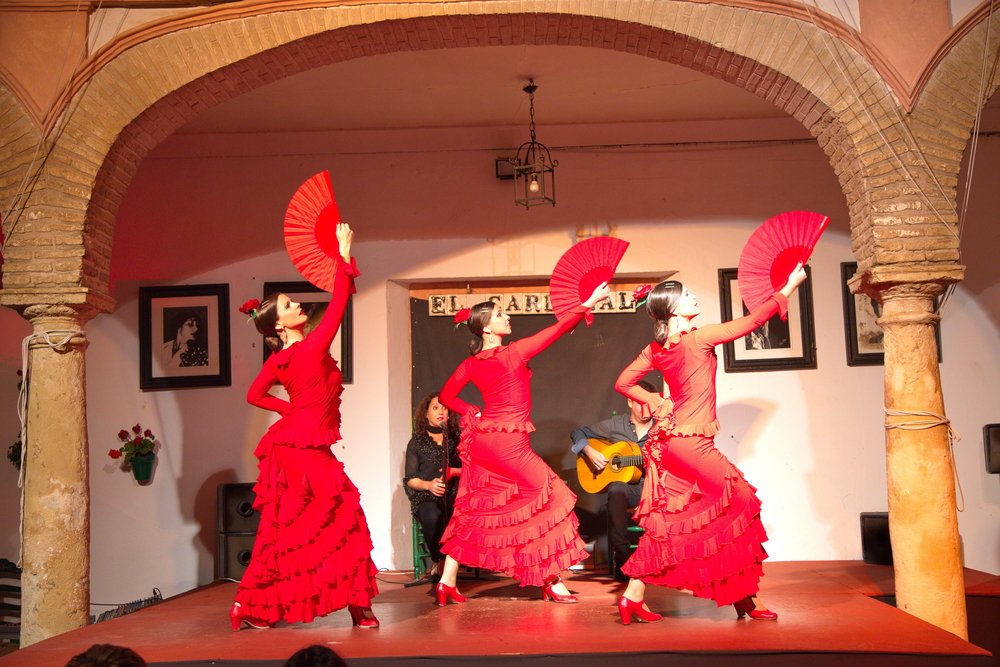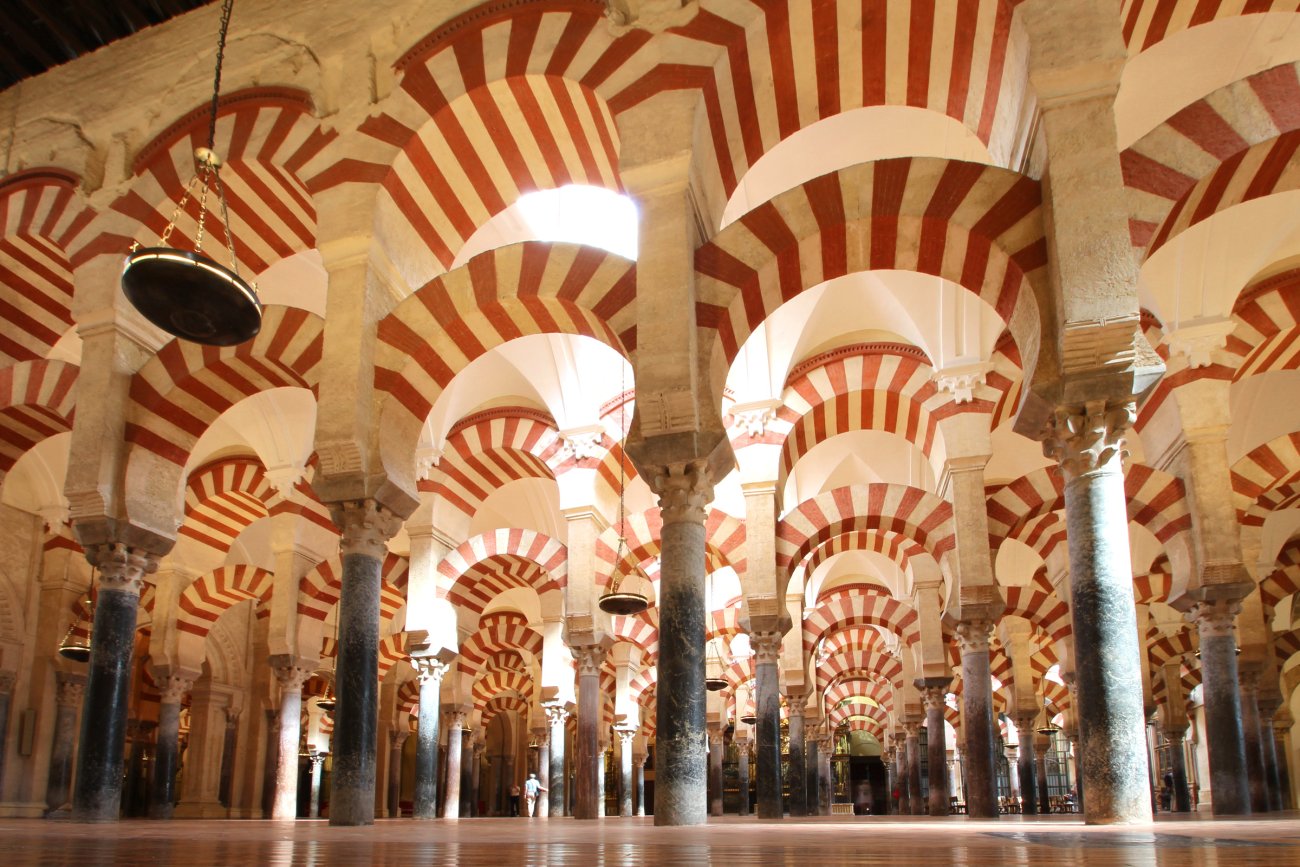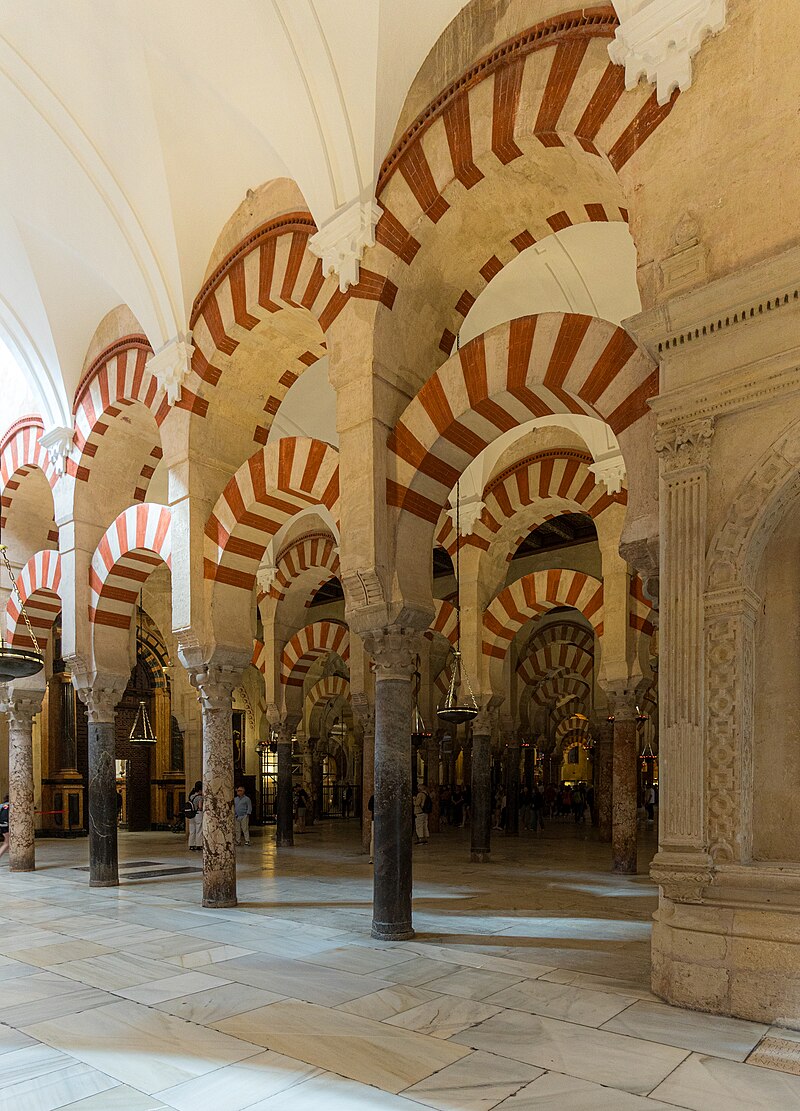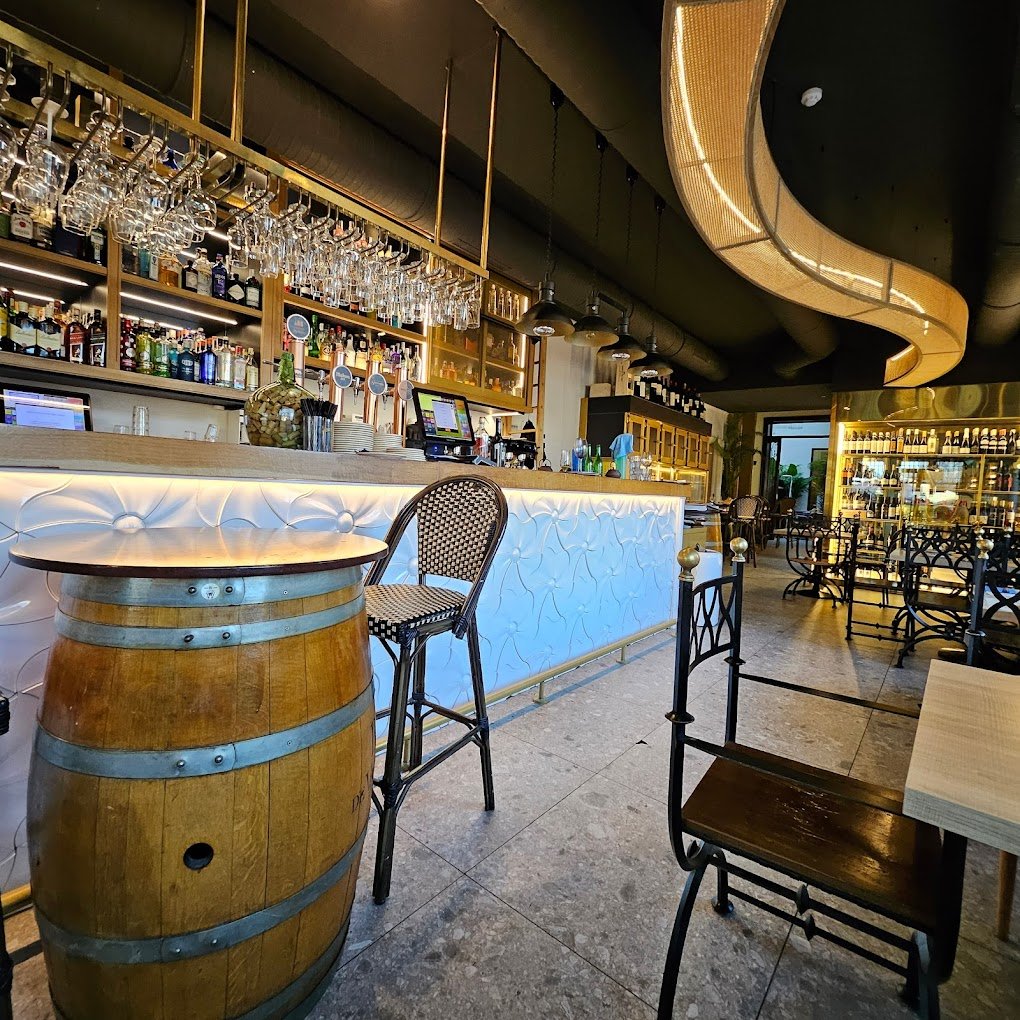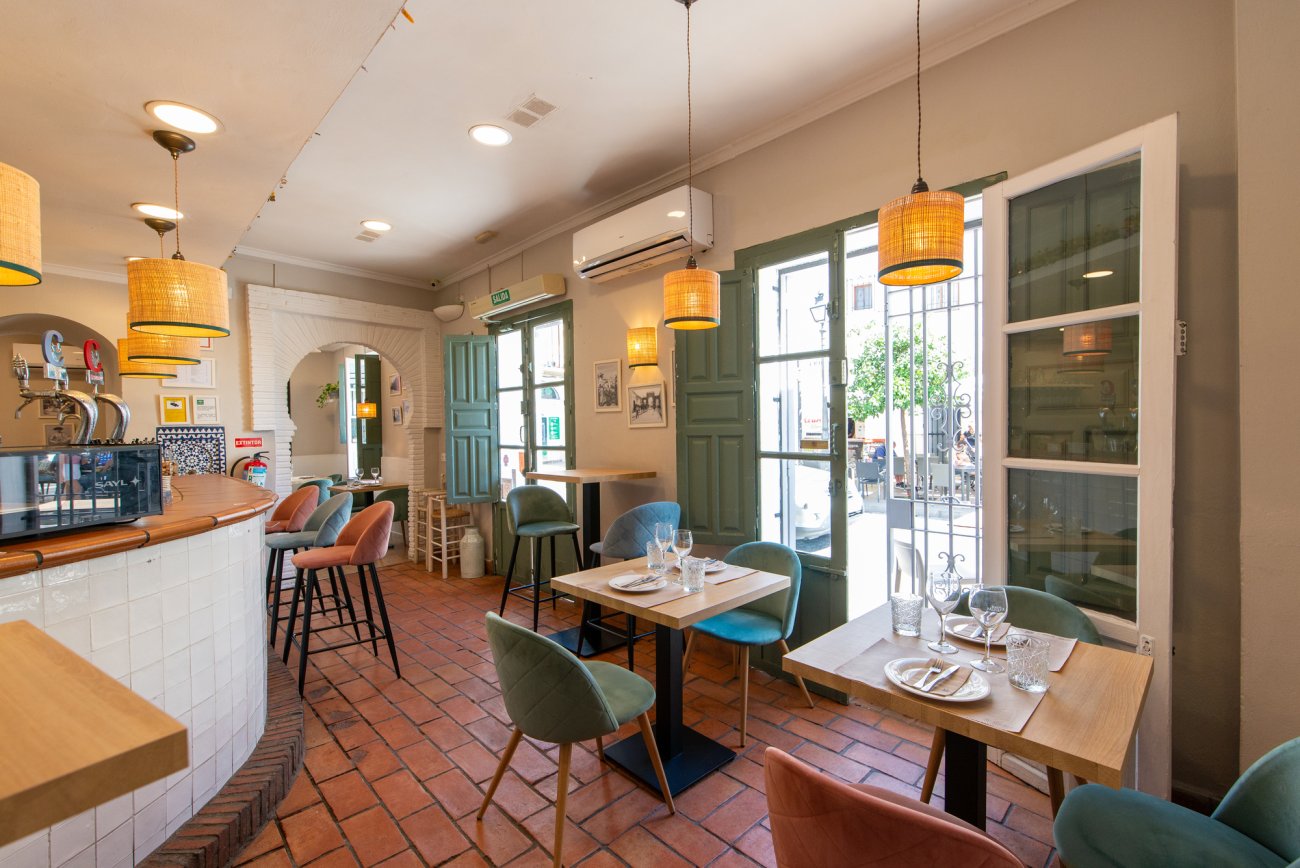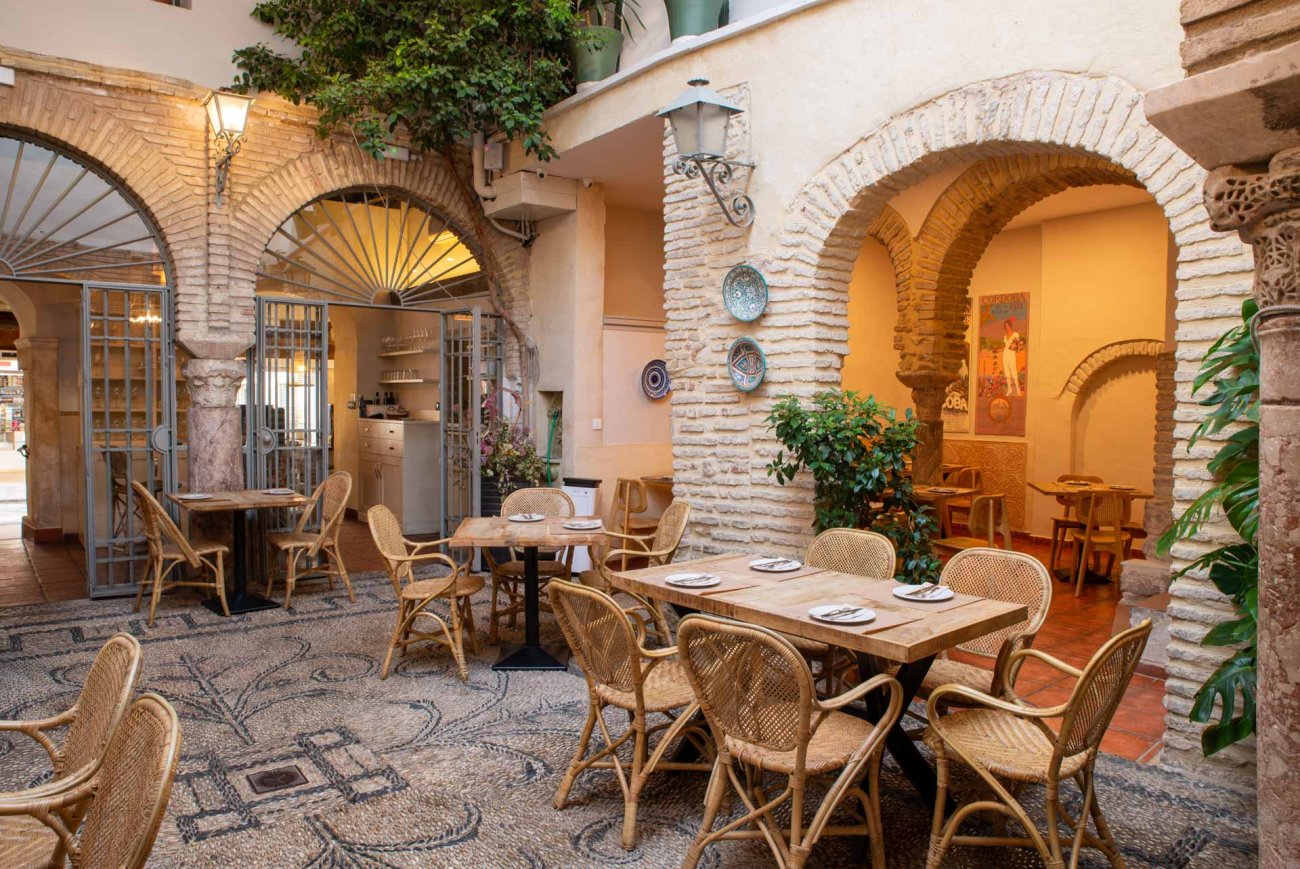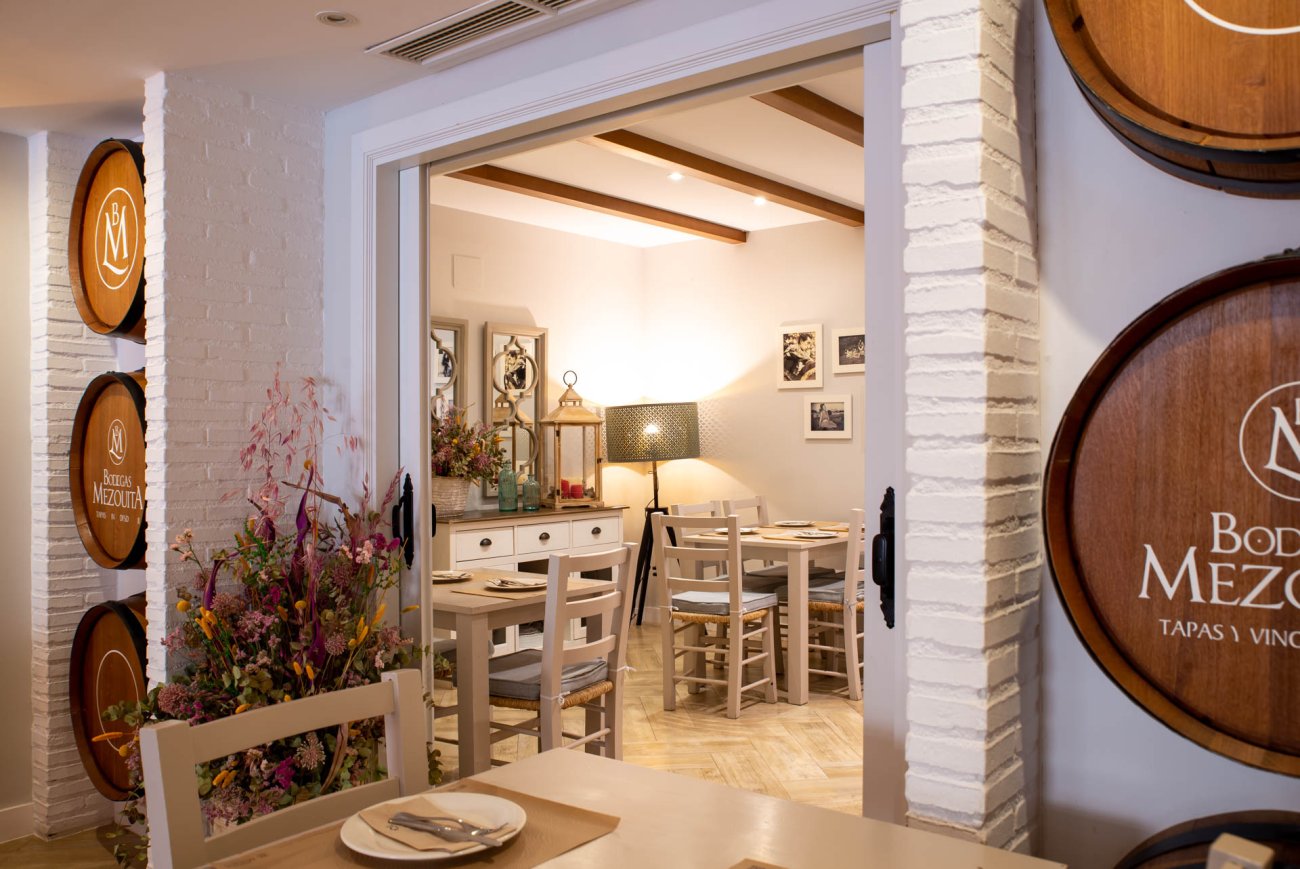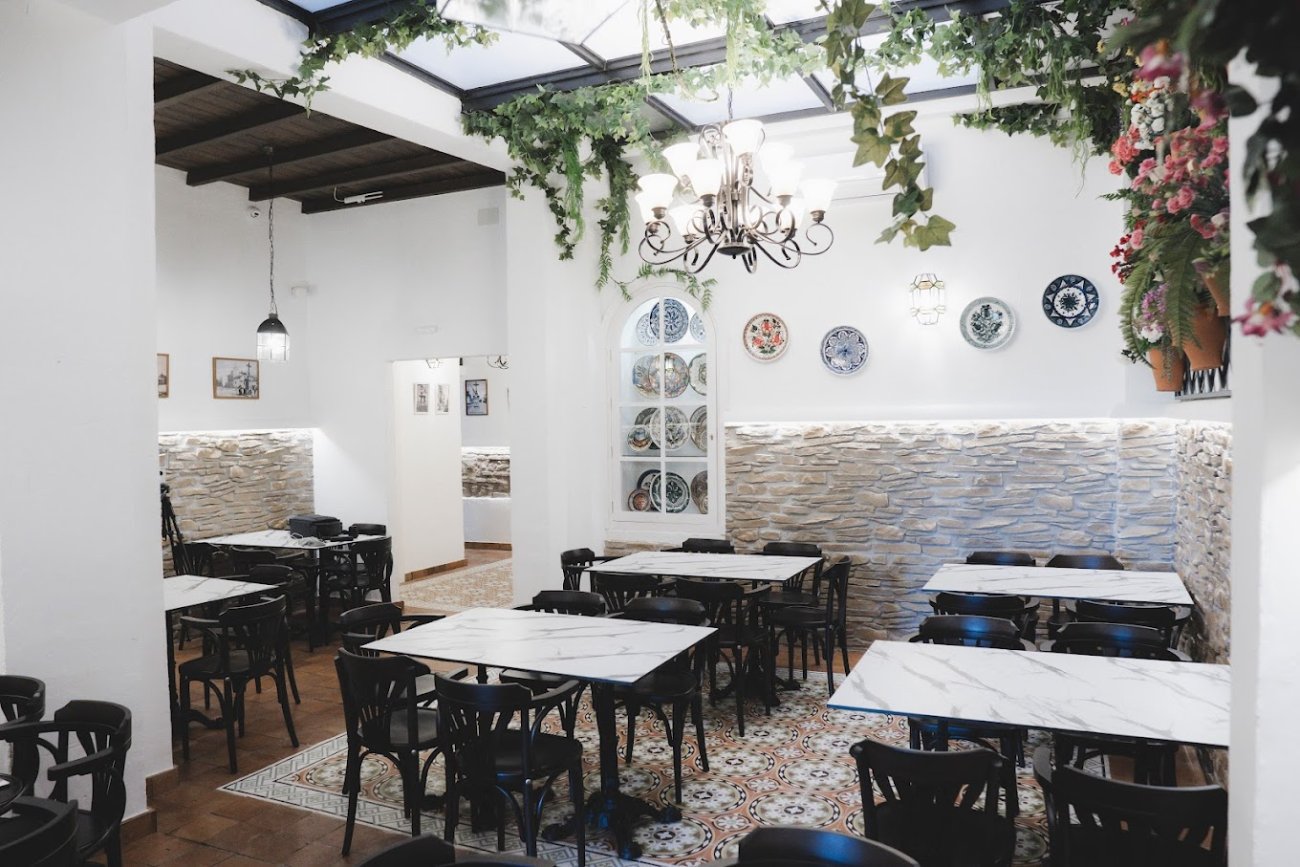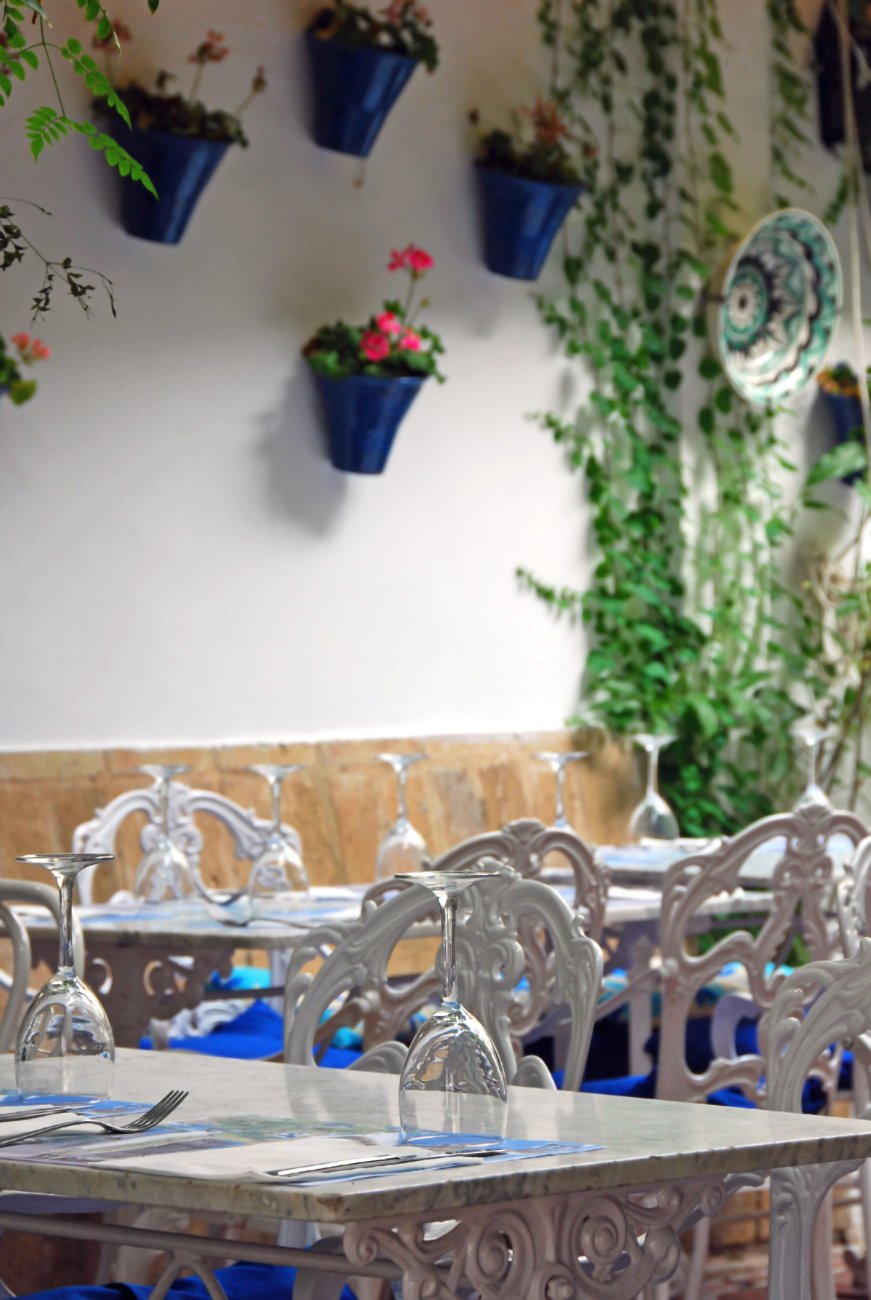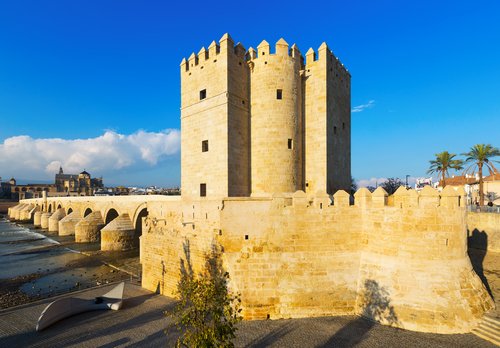The Mosque-Cathedral of Córdoba, also known simply as the Mosque of Córdoba, is one of the most emblematic and magnificent monuments in Spain, as well as one of the main examples of Islamic architecture in the Western world. Its history is rich and complex, reflecting the interaction of various cultures and religions over the centuries. In this text, we will explore in detail the fascinating history of the Mosque of Córdoba, from its humble beginnings as a place of worship to its transformation into a Christian cathedral and its significance as a symbol of intercultural coexistence.
Historical background
The history of the Mosque of Córdoba dates back to the 8th century, when Córdoba became the capital of the Umayyad Caliphate of al-Andalus, the Muslim dominion in the Iberian Peninsula. In the year 784, Emir Abd al-Rahman I ordered the construction of the mosque on the site of an ancient Visigoth church, known as the Basilica of Saint Vincent.
Construction of the Mosque
Construction of the mosque began in 785 and continued for several decades, with additions and modifications made by successive Muslim rulers. The original design of the mosque reflected the Islamic architectural style of the time, with a rectangular floor plan, an interior courtyard or sahn, and a prayer hall or haram, facing Mecca.
Architectural Features
One of the most impressive features of the Mosque of Cordoba is its forest of columns and horseshoe arches, which creates a mesmerising visual effect and a sense of vastness and grandeur. These columns were reused from Roman and Visigothic structures, which adds an additional layer of history and significance to the mosque.
Period of Splendour
During the 9th and 10th centuries, the Great Mosque of Córdoba reached its peak of splendour, becoming the cultural, religious and political centre of al-Andalus. Under the rule of Abderraman III and Al-Haken II, the mosque was enlarged and embellished with the addition of new architectural elements such as the mihrab, the minaret and the royal prayer hall.
Transformation into a Christian Cathedral
In 1236, Córdoba was conquered by Christian troops during the Reconquest, and the Mezquita was converted into a Christian cathedral. A Gothic cathedral was built in the centre of the mosque, creating a unique fusion of Islamic and Christian architectural styles that characterises the structure to this day.
Controversy and Debate
The transformation of the Mosque of Cordoba into a Christian cathedral has been the subject of controversy and debate over the centuries, with opinions divided on the legitimacy of this action and its impact on Cordoba.
